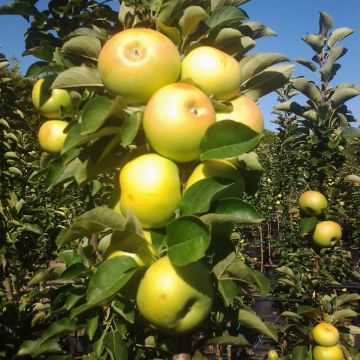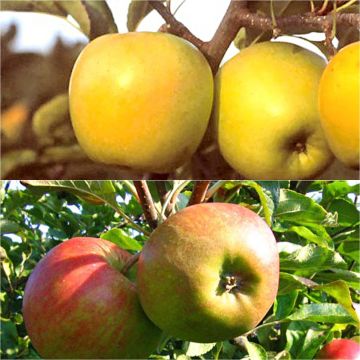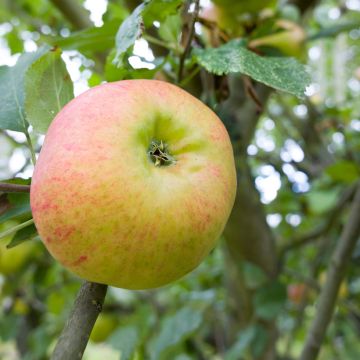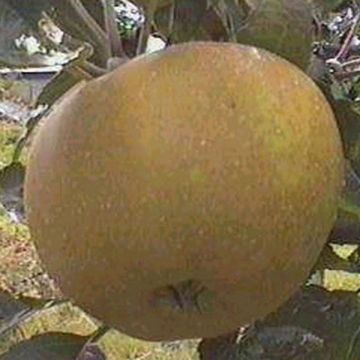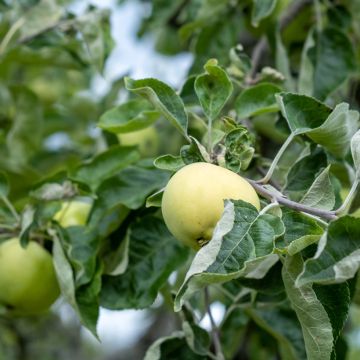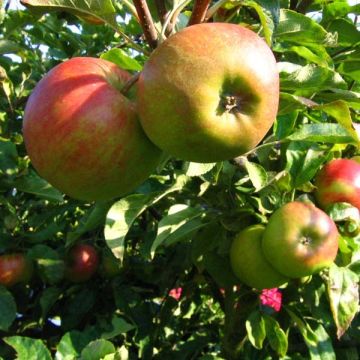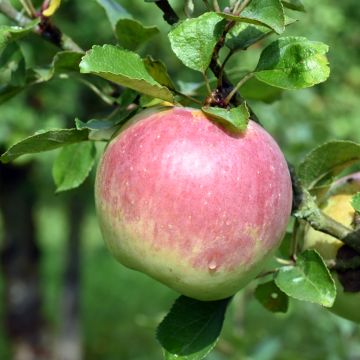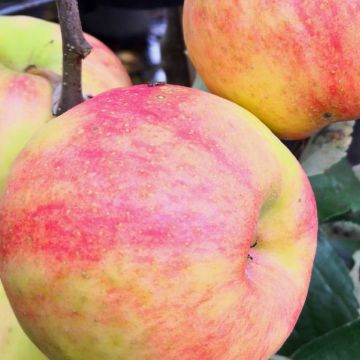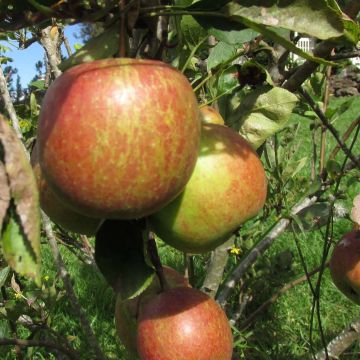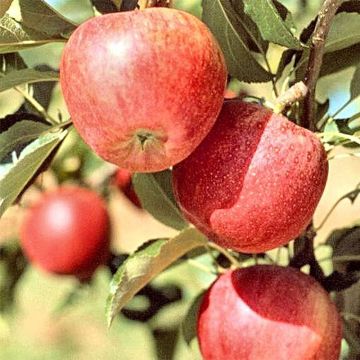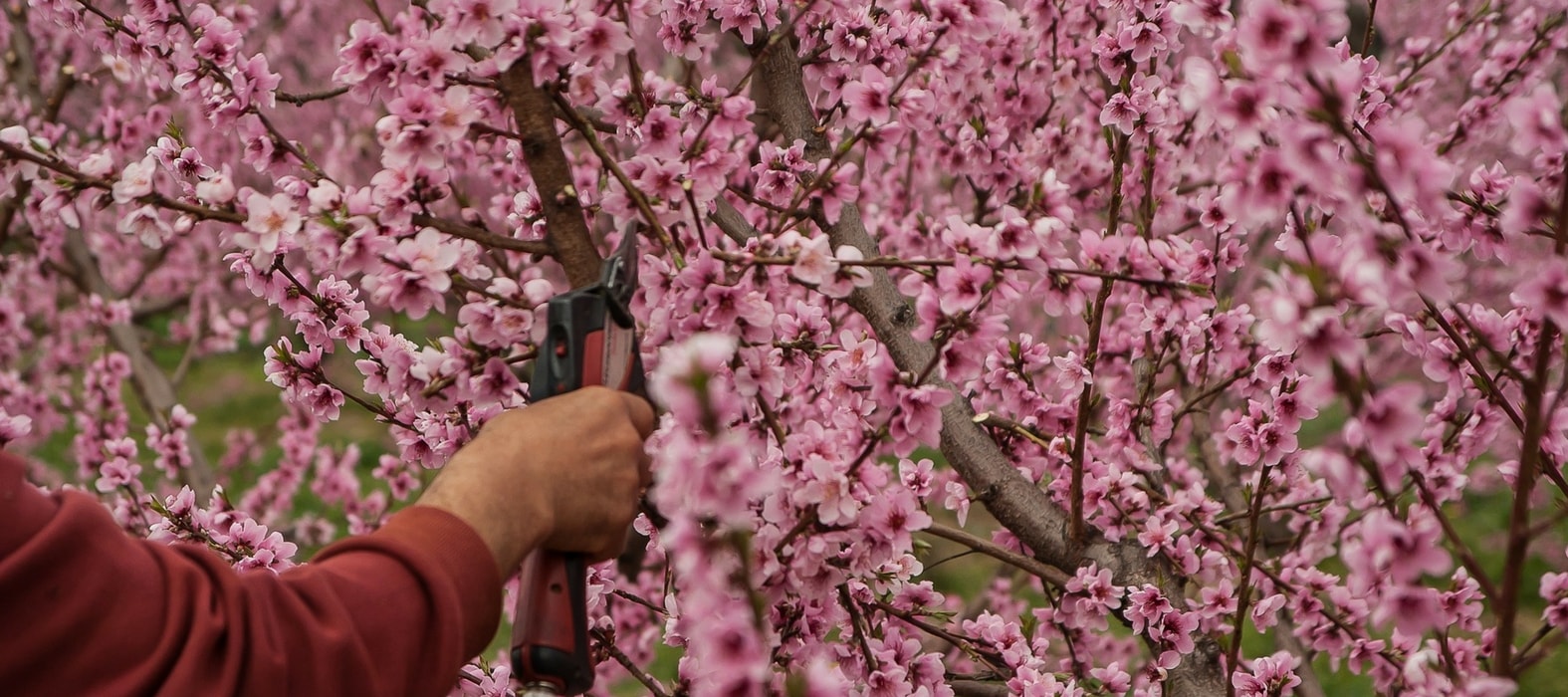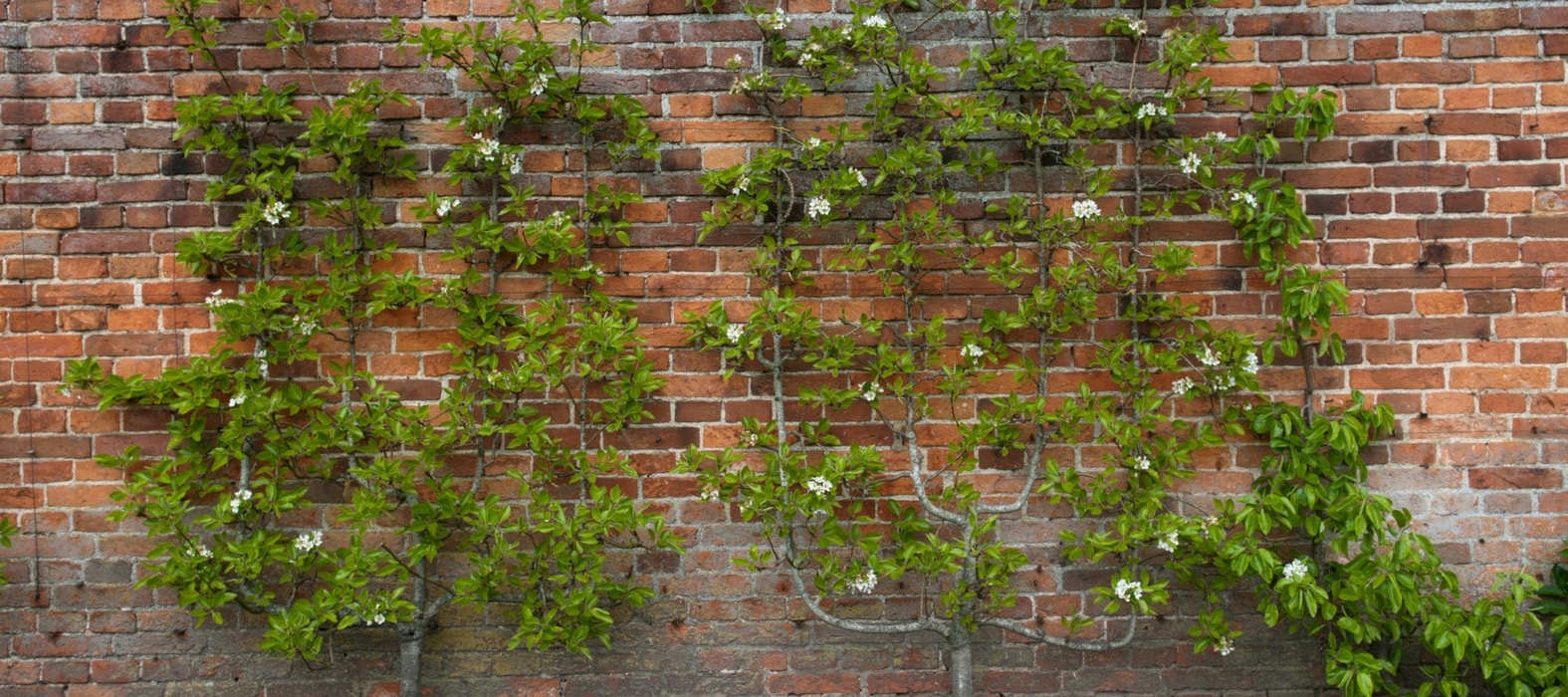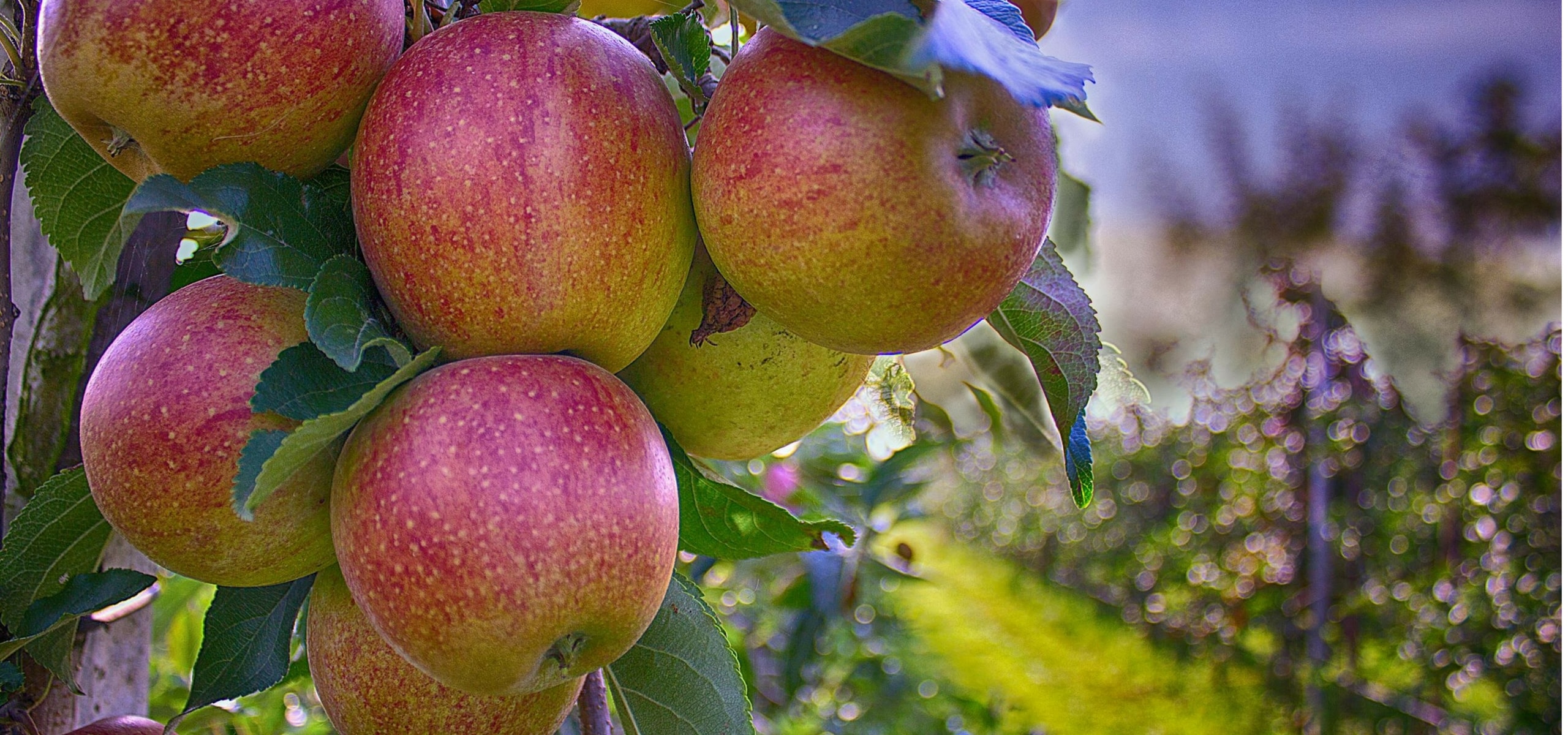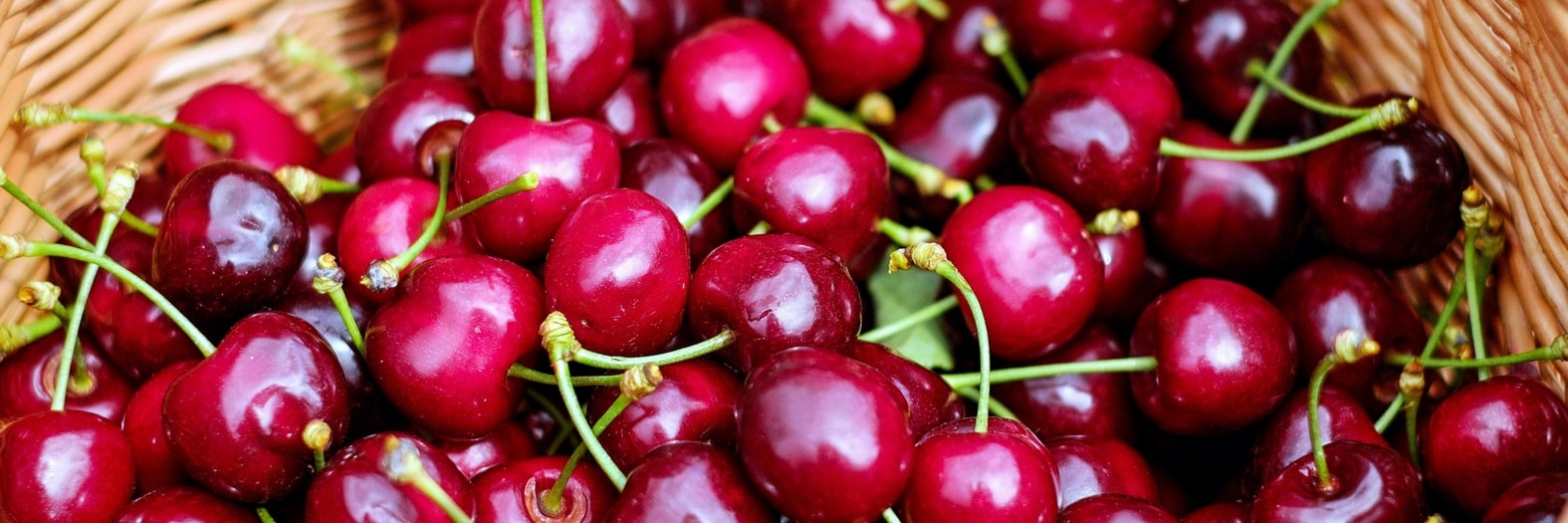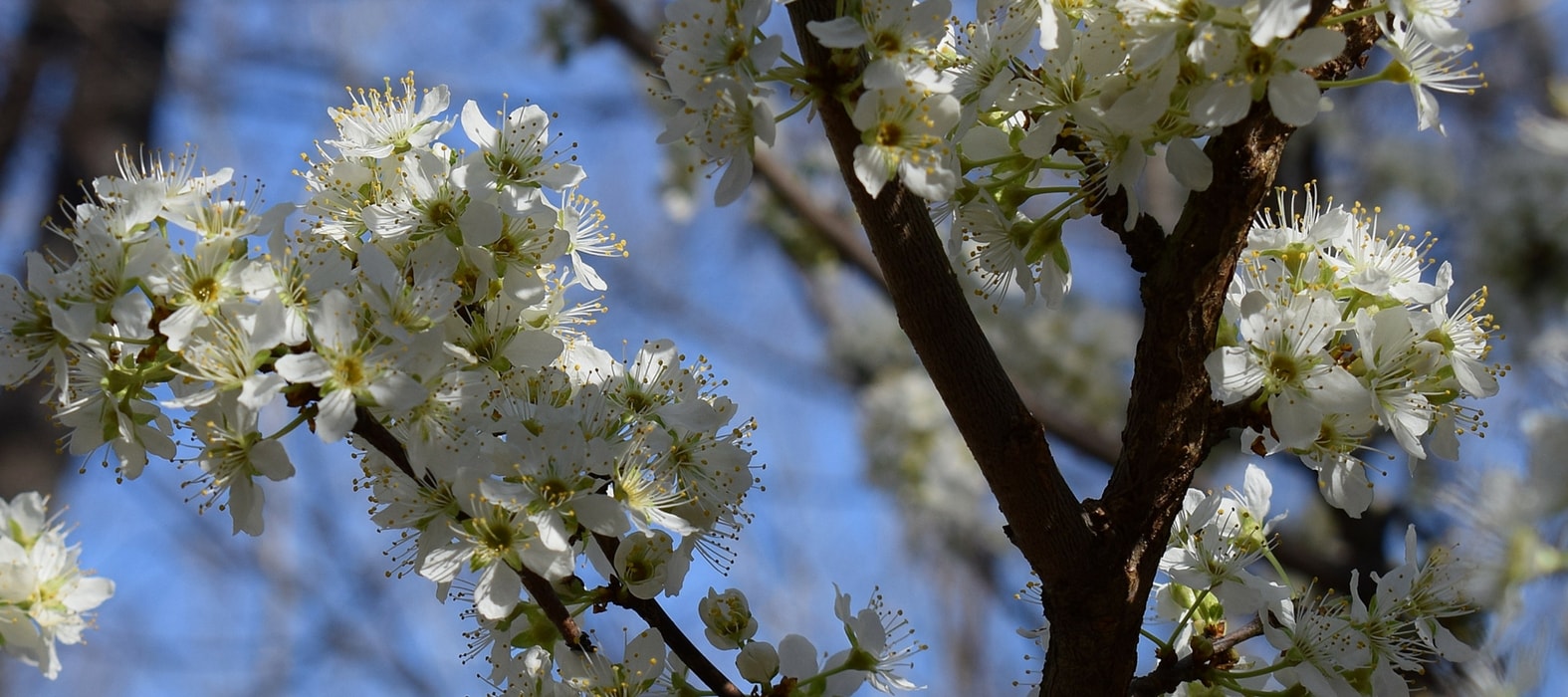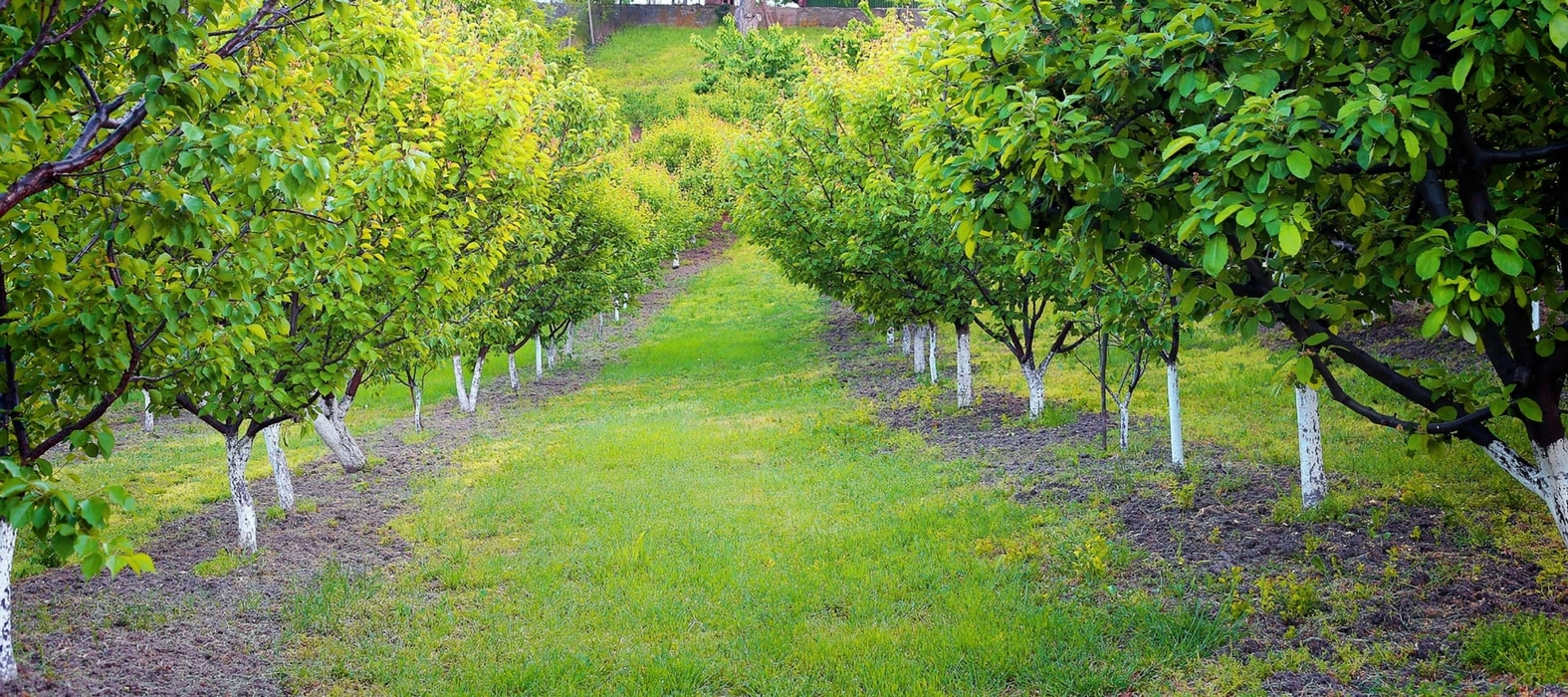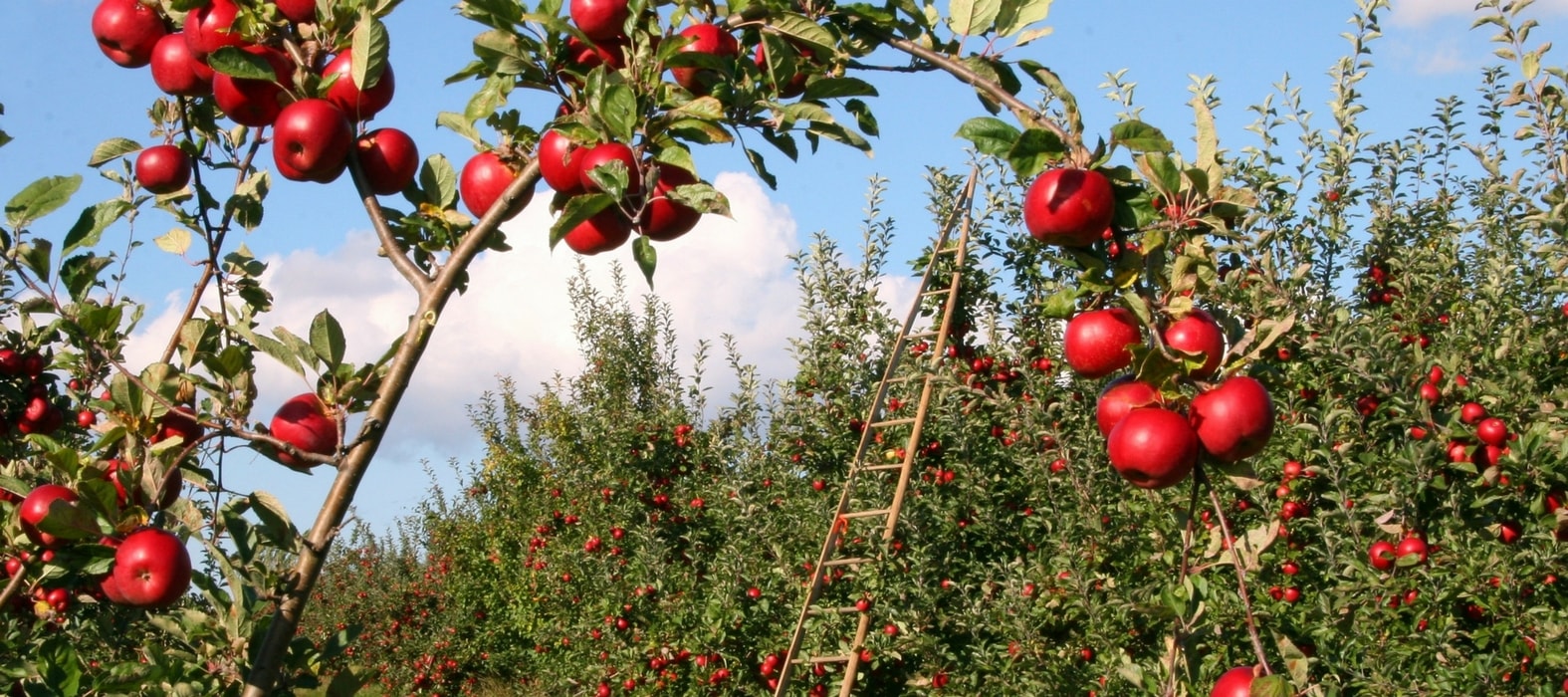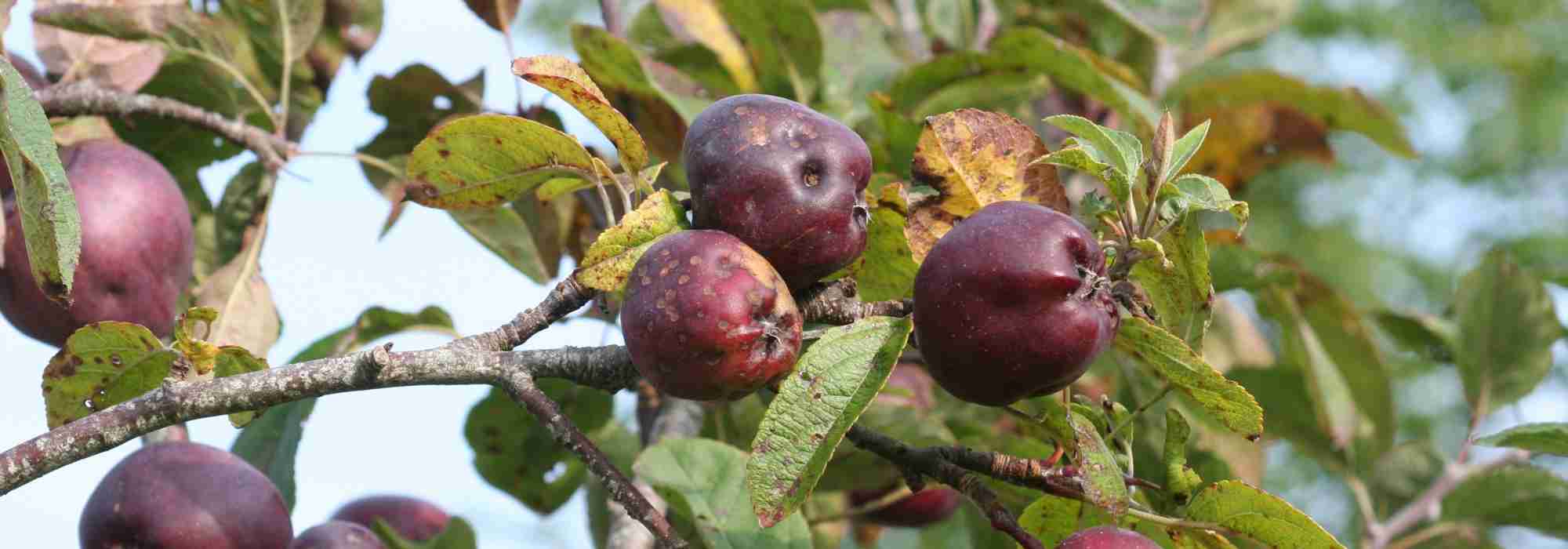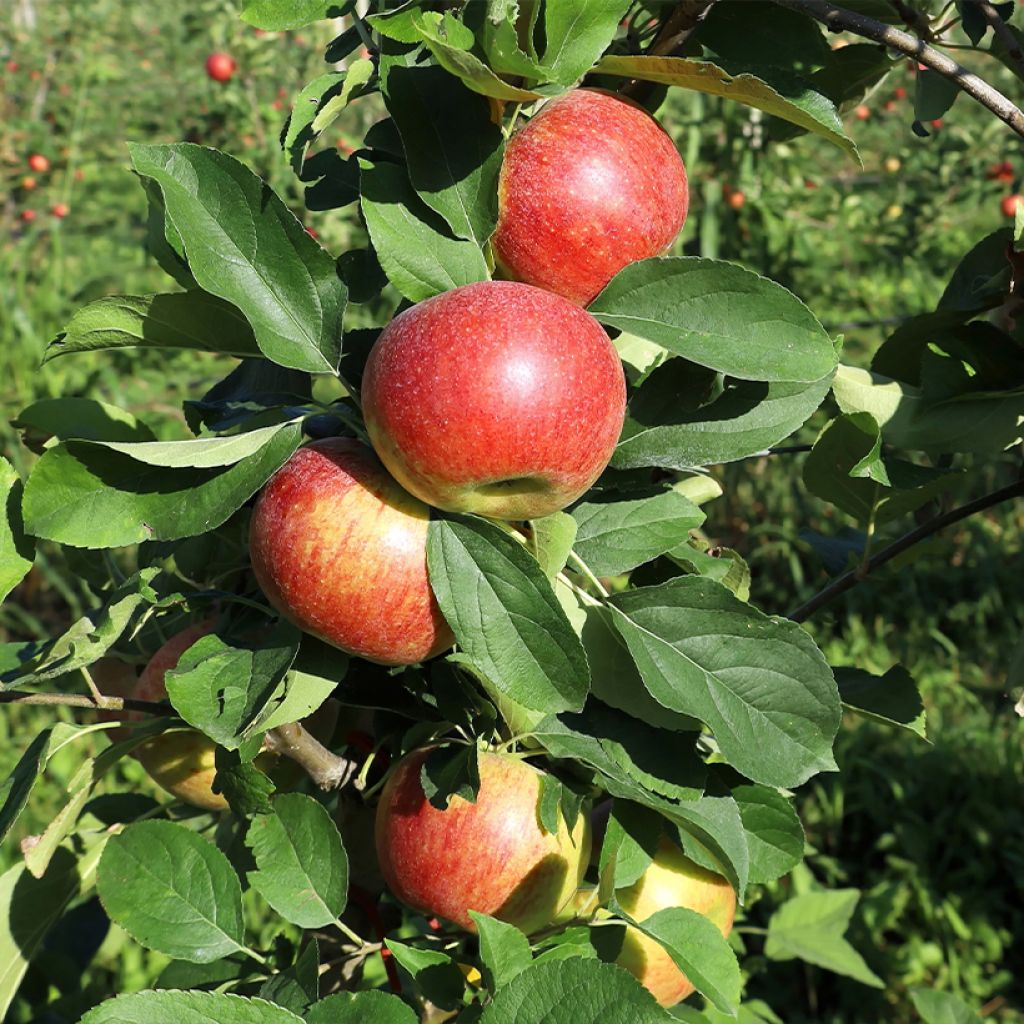

Malus domestica Cesarz Wilhelm, Kaiser Wilhelm, Reinette rouge - Pommier domestique, Pommier commun
Malus domestica Cesarz Wilhelm, Kaiser Wilhelm, Reinette rouge - Pommier domestique, Pommier commun
Malus domestica Cesarz Wilhelm, Kaiser Wilhelm, Reinette rouge
Pommier domestique, Pommier commun
Special offer!
Receive a €20 voucher for any order over €90 (excluding delivery costs, credit notes, and plastic-free options)!
1- Add your favorite plants to your cart.
2- Once you have reached €90, confirm your order (you can even choose the delivery date!).
3- As soon as your order is shipped, you will receive an email containing your voucher code, valid for 3 months (90 days).
Your voucher is unique and can only be used once, for any order with a minimum value of €20, excluding delivery costs.
Can be combined with other current offers, non-divisible and non-refundable.
Home or relay delivery (depending on size and destination)
Schedule delivery date,
and select date in basket
This plant carries a 6 months recovery warranty
More information
We guarantee the quality of our plants for a full growing cycle, and will replace at our expense any plant that fails to recover under normal climatic and planting conditions.
Description
The 'Cesarz Wilhem' Apple Tree is an old German variety named 'Kaiser Wilhelm' in its country of origin. It continues to charm with its many qualities, combining good disease resistance, vigorous growth and considerable hardiness, and above all, delicious apples. The yellow apples that redden at ripeness have a firm and juicy flesh, and can be stored for long months. They can be eaten raw or juiced and are equally suitable for making desserts and pastries. Medium to large in size, they are produced in great quantity, which does not hinder the tree's vigour. This tree must be pollinated by another variety planted nearby, as it is not self-fertile.
The Apple Tree belongs to the vast Rosaceae family, which includes most of our temperate-climate fruit trees. The genus Malus encompasses both fruit-bearing species, such as the Common Apple Tree or Malus domestica (synonyms Malus communis or Malus pumila), and ornamental ones, the stunning 'Flowering Crabapples'. Native to the forests of Central Asia, the Apple Tree is probably the most cultivated fruit tree in Northern Europe, with around 20,000 varieties.
The Malus domestica ‘Kaiser Wilhelm’ is a variety discovered in 1864 by a certain Hesselmann in Witzhelden, a low mountain region in the state of Northern Rhine-Westphalia, Germany. An admirer of Emperor Wilhelm I, he dedicated this new apple tree to him. It is a vigorously growing tree, capable of reaching over 6 m in height and up to 8 m, but more commonly limited to 5 m, with a spread of around 4 m, with an open, spreading habit. It forms a very dense crown, with long, flexible branches that tend to droop, giving it a very characteristic silhouette. Due to its sustained growth, around 30 to 50 cm per year, it is recommended to prune it regularly at maturity to limit its development (ideally every 2 years). Very hardy, it can be found in the German climate up to an altitude of 700 m. It bears abundant ovate, dark green leaves which enhance its bushy appearance.
Flowering usually occurs in April, with small, single, highly ornamental, white-pink blossoms. Being self-sterile, this variety requires the planting of a pollinator, among which 'Cox's Orange Pippin', 'Ontario' and 'Goldparmäne' are considered the best candidates for fertilisation. Once fertilised, the flowers develop into apples of medium to large size, which can reach 170 grams. Round in shape, slightly flattened, they are initially yellow and redden under the sun, with the two colours then blending. The shiny epidermis is decorative and invites biting into the firm, yellowish-white flesh, which proves to be tangy and very juicy. A dessert apple, it is also a cooking fruit for making delicious pies, and can equally be turned into juice. This versatility is accompanied by very good storage potential, with fruits harvested at maturity in October keeping until April. Storage should be in a cool, dry place, away from light at a temperature of around 8 to 10°C or in a cold room, airtight to the outside air at a temperature of 1 to 3°C. The apple releases ethene, a gas that promotes fruit ripening. To speed up the ripening of your other fruits or vegetables, place your apples right next to them.
The Apple Tree 'Cesarz Wilhem' remains a highly sought-after variety for its culinary qualities, good hardiness and fairly high disease resistance. As its development can be substantial, it will need sufficient space in the orchard, where it will accompany other species such as the Mirabelle de Nancy, also very hardy and whose delicious fruits are universally loved. A must-have, the Pear Tree will also be part of your fruit garden, where you can also plant small fruits to vary the taste pleasures, such as Raspberry Plants or Currant Bushes.
Plant habit
Fruit
Flowering
Foliage
Botanical data
Malus
domestica
Cesarz Wilhelm, Kaiser Wilhelm, Reinette rouge
Rosaceae
Pommier domestique, Pommier commun
Malus domestica Reneta czerwona, Wilhelmówka Cesarska, Imperator Wilhelm, Kaiser Wilhelm
Cultivar or hybrid
Other Apple trees
View all →Planting and care
Choose a sunny spot for your Cesarz Wilhem apple tree; the soil can be slightly chalky or acidic, but not excessively so. Dig a wide planting hole at least three times the size of the root ball. Simultaneously add organic matter (compost, potting soil...) and a base fertiliser like ground horn. Do not bury the graft junction and stake if necessary. For apple trees planted in isolation and exposed to wind, it may be beneficial to stake them using a guy-wire system: plant three stakes in a triangle 50 cm around the trunk, join them with pieces of wood. Protect the bark with a piece of rubber, for example, and attach the stakes to the trunk with metal wires. Water generously, even in winter and even if it rains. Fruit trees are ideally planted between October and March, avoiding frost periods. Container-grown plants can be planted year-round, except during extreme heat or frost.
In winter, you can add a small shovel of wood ash, rich in potash at the base of the tree and lightly incorporated into the surface of the soil to improve fruiting. The apple tree may be susceptible to various diseases and pests. To minimise risks, space trees sufficiently, plant mixed-species hedges, and qffix nesting boxes or insect shelters to attract beneficial wildlife. In short: prioritise diversity. The main diseases affecting apple trees are scab (brown spots on the leaves), brown rot (withering of flowers and fruit rot on the tree), and powdery mildew (white felting on the leaves). For these three cases, preventive action is preferable by spraying a horsetail decoction; as a last resort and in severe cases, a curative treatment with a Bordeaux mixture can be applied. However, the 'Cesarz Wilhem' variety is known to be less disease-prone, so you shouldn’t need to intervene often. As for pests, the codling moth (or fruit worm) is a small caterpillar, hatched from a butterfly’s eggs, which burrows into the fruit. To combat this, it is best to act preventively by encouraging blue tits and bats with nesting boxes. In case of aphid infestations, spray a solution of tar soap.
For optimal storage after the harvest in October, place the apples with their peduncle facing downwards, in crates or trays. Choose a location that is preferably completely dark, dry, and cool, but frost-free.
Planting period
Intended location
Care
Planting & care advice
This item has not been reviewed yet - be the first to leave a review about it.
Haven't found what you were looking for?
Hardiness is the lowest winter temperature a plant can endure without suffering serious damage or even dying. However, hardiness is affected by location (a sheltered area, such as a patio), protection (winter cover) and soil type (hardiness is improved by well-drained soil).

Photo Sharing Terms & Conditions
In order to encourage gardeners to interact and share their experiences, Promesse de fleurs offers various media enabling content to be uploaded onto its Site - in particular via the ‘Photo sharing’ module.
The User agrees to refrain from:
- Posting any content that is illegal, prejudicial, insulting, racist, inciteful to hatred, revisionist, contrary to public decency, that infringes on privacy or on the privacy rights of third parties, in particular the publicity rights of persons and goods, intellectual property rights, or the right to privacy.
- Submitting content on behalf of a third party;
- Impersonate the identity of a third party and/or publish any personal information about a third party;
In general, the User undertakes to refrain from any unethical behaviour.
All Content (in particular text, comments, files, images, photos, videos, creative works, etc.), which may be subject to property or intellectual property rights, image or other private rights, shall remain the property of the User, subject to the limited rights granted by the terms of the licence granted by Promesse de fleurs as stated below. Users are at liberty to publish or not to publish such Content on the Site, notably via the ‘Photo Sharing’ facility, and accept that this Content shall be made public and freely accessible, notably on the Internet.
Users further acknowledge, undertake to have ,and guarantee that they hold all necessary rights and permissions to publish such material on the Site, in particular with regard to the legislation in force pertaining to any privacy, property, intellectual property, image, or contractual rights, or rights of any other nature. By publishing such Content on the Site, Users acknowledge accepting full liability as publishers of the Content within the meaning of the law, and grant Promesse de fleurs, free of charge, an inclusive, worldwide licence for the said Content for the entire duration of its publication, including all reproduction, representation, up/downloading, displaying, performing, transmission, and storage rights.
Users also grant permission for their name to be linked to the Content and accept that this link may not always be made available.
By engaging in posting material, Users consent to their Content becoming automatically accessible on the Internet, in particular on other sites and/or blogs and/or web pages of the Promesse de fleurs site, including in particular social pages and the Promesse de fleurs catalogue.
Users may secure the removal of entrusted content free of charge by issuing a simple request via our contact form.
The flowering period indicated on our website applies to countries and regions located in USDA zone 8 (France, the United Kingdom, Ireland, the Netherlands, etc.)
It will vary according to where you live:
- In zones 9 to 10 (Italy, Spain, Greece, etc.), flowering will occur about 2 to 4 weeks earlier.
- In zones 6 to 7 (Germany, Poland, Slovenia, and lower mountainous regions), flowering will be delayed by 2 to 3 weeks.
- In zone 5 (Central Europe, Scandinavia), blooming will be delayed by 3 to 5 weeks.
In temperate climates, pruning of spring-flowering shrubs (forsythia, spireas, etc.) should be done just after flowering.
Pruning of summer-flowering shrubs (Indian Lilac, Perovskia, etc.) can be done in winter or spring.
In cold regions as well as with frost-sensitive plants, avoid pruning too early when severe frosts may still occur.
The planting period indicated on our website applies to countries and regions located in USDA zone 8 (France, United Kingdom, Ireland, Netherlands).
It will vary according to where you live:
- In Mediterranean zones (Marseille, Madrid, Milan, etc.), autumn and winter are the best planting periods.
- In continental zones (Strasbourg, Munich, Vienna, etc.), delay planting by 2 to 3 weeks in spring and bring it forward by 2 to 4 weeks in autumn.
- In mountainous regions (the Alps, Pyrenees, Carpathians, etc.), it is best to plant in late spring (May-June) or late summer (August-September).
The harvesting period indicated on our website applies to countries and regions in USDA zone 8 (France, England, Ireland, the Netherlands).
In colder areas (Scandinavia, Poland, Austria...) fruit and vegetable harvests are likely to be delayed by 3-4 weeks.
In warmer areas (Italy, Spain, Greece, etc.), harvesting will probably take place earlier, depending on weather conditions.
The sowing periods indicated on our website apply to countries and regions within USDA Zone 8 (France, UK, Ireland, Netherlands).
In colder areas (Scandinavia, Poland, Austria...), delay any outdoor sowing by 3-4 weeks, or sow under glass.
In warmer climes (Italy, Spain, Greece, etc.), bring outdoor sowing forward by a few weeks.



































